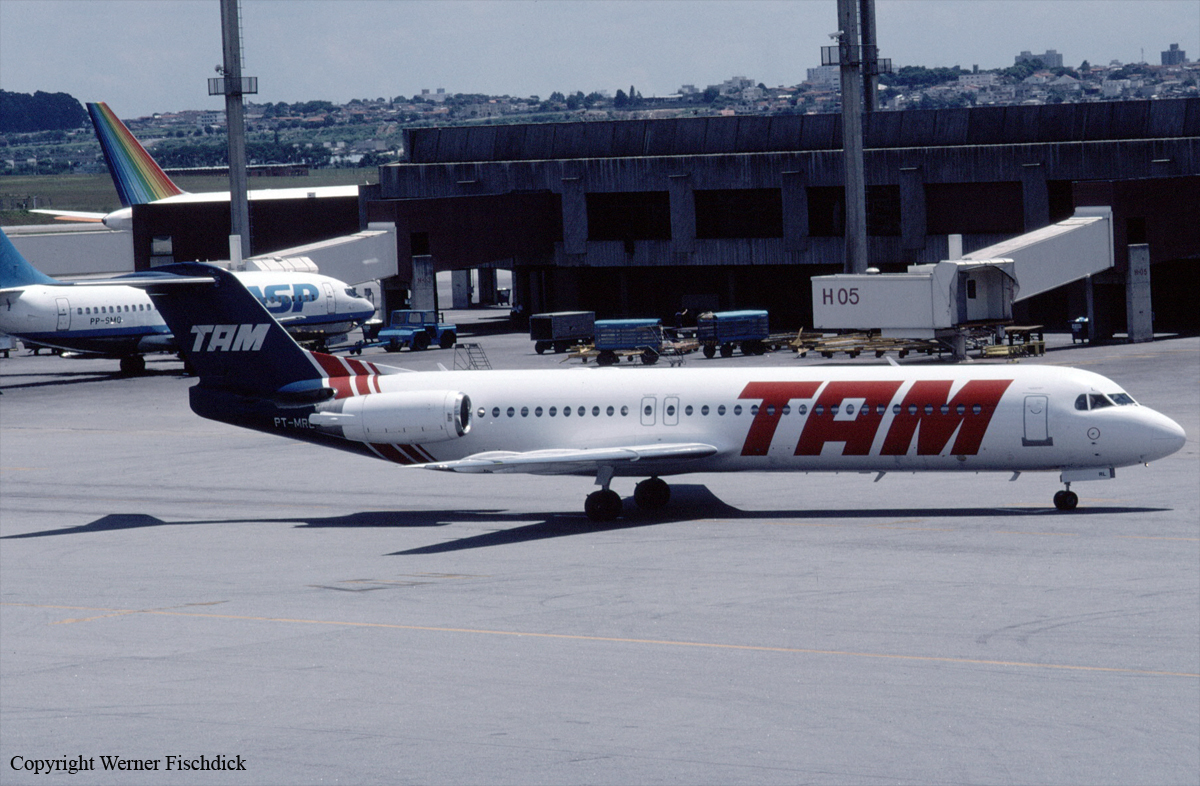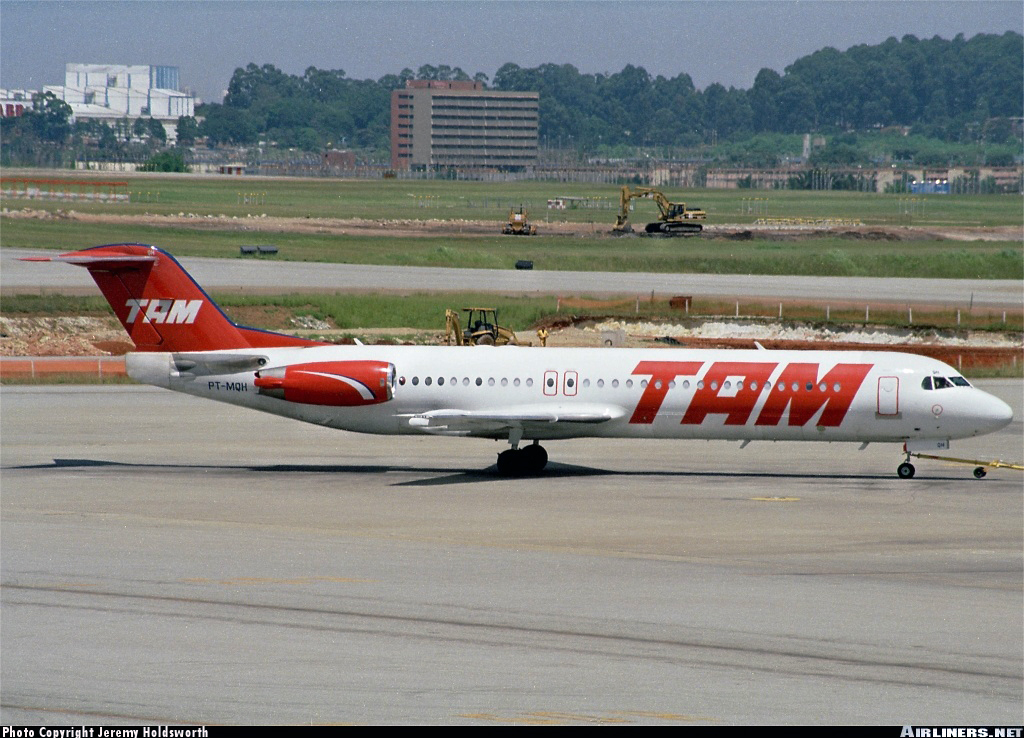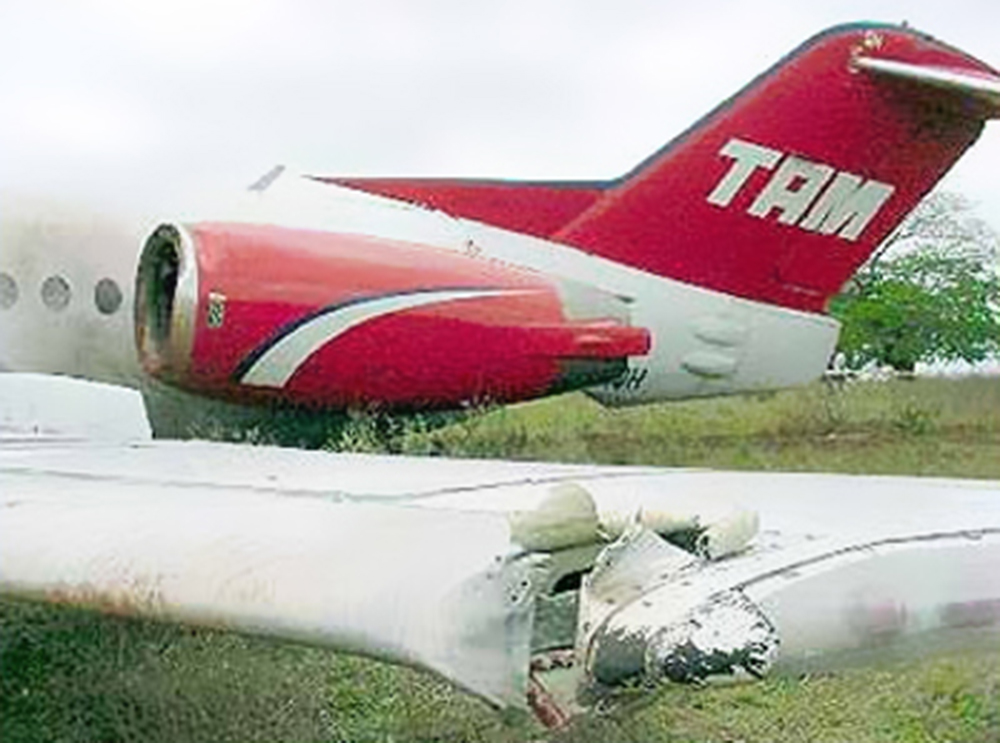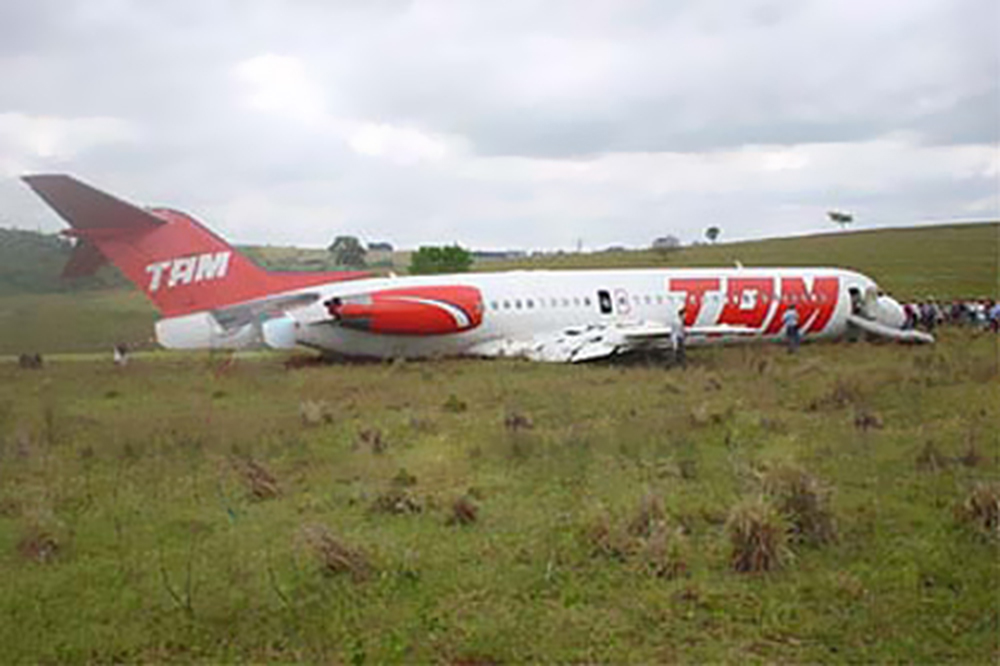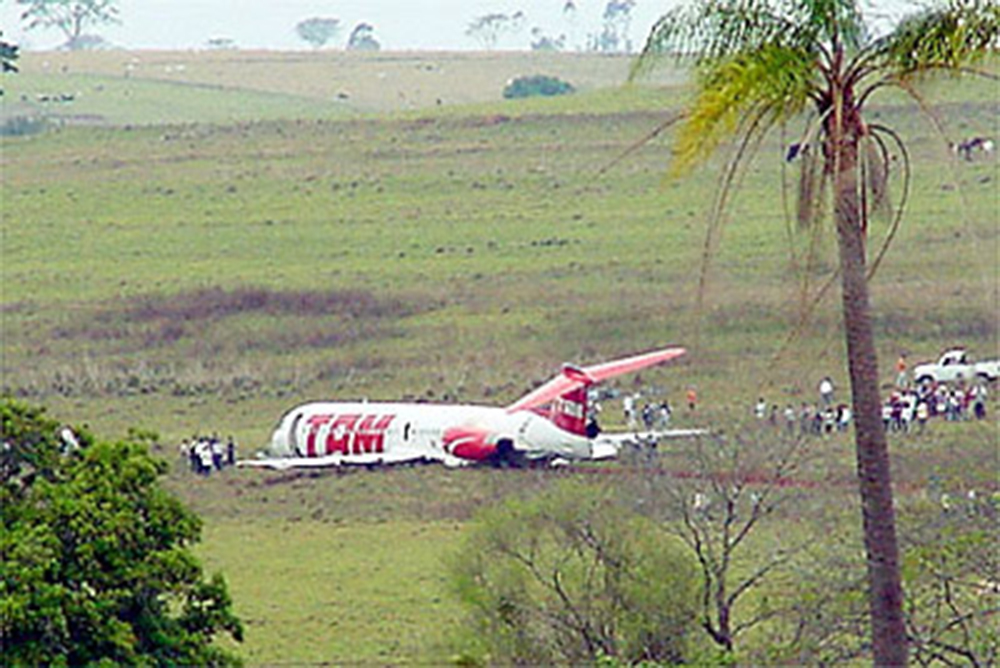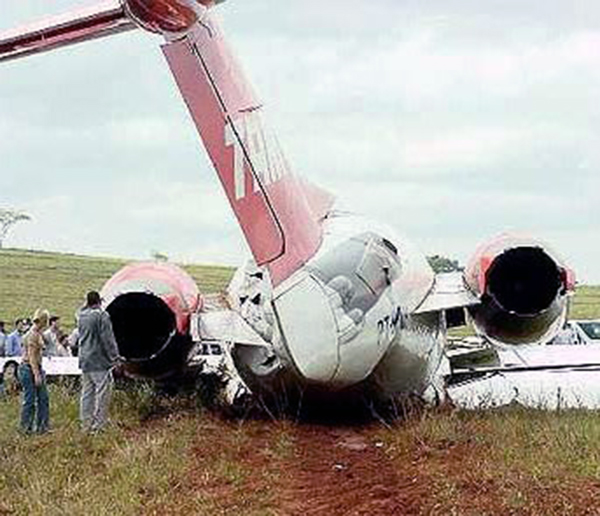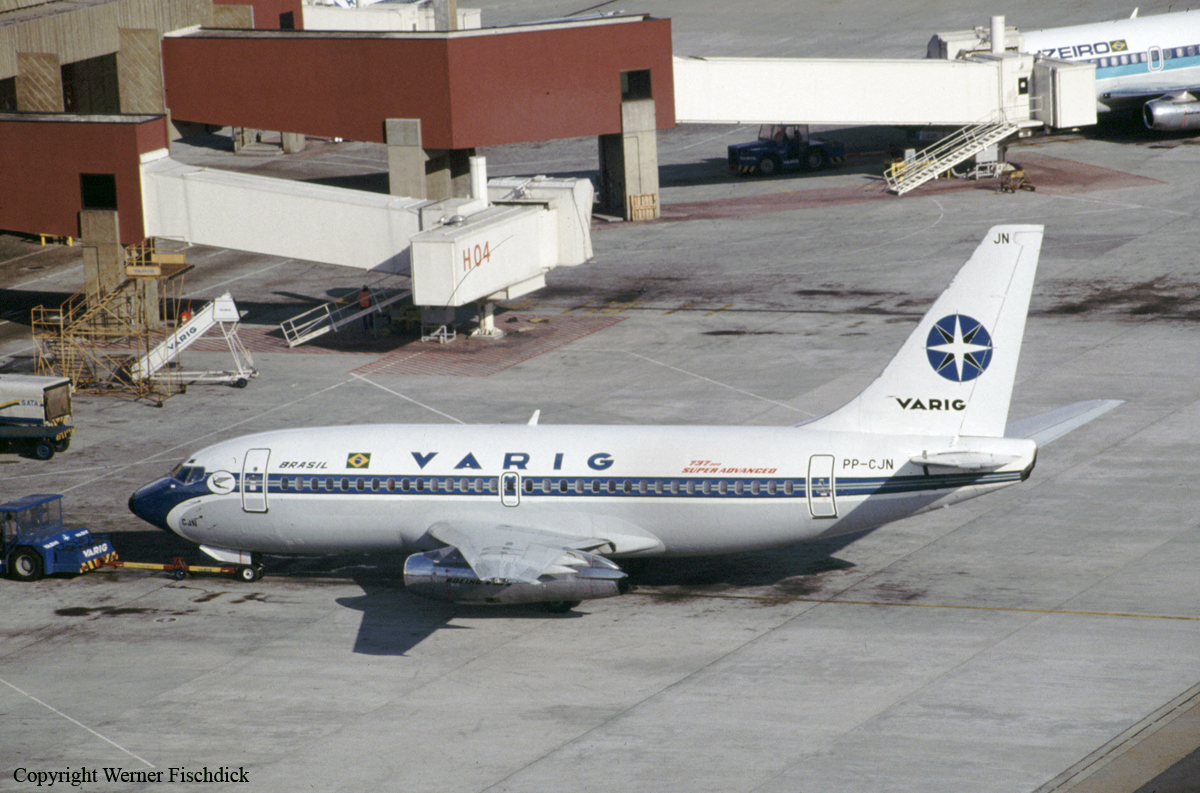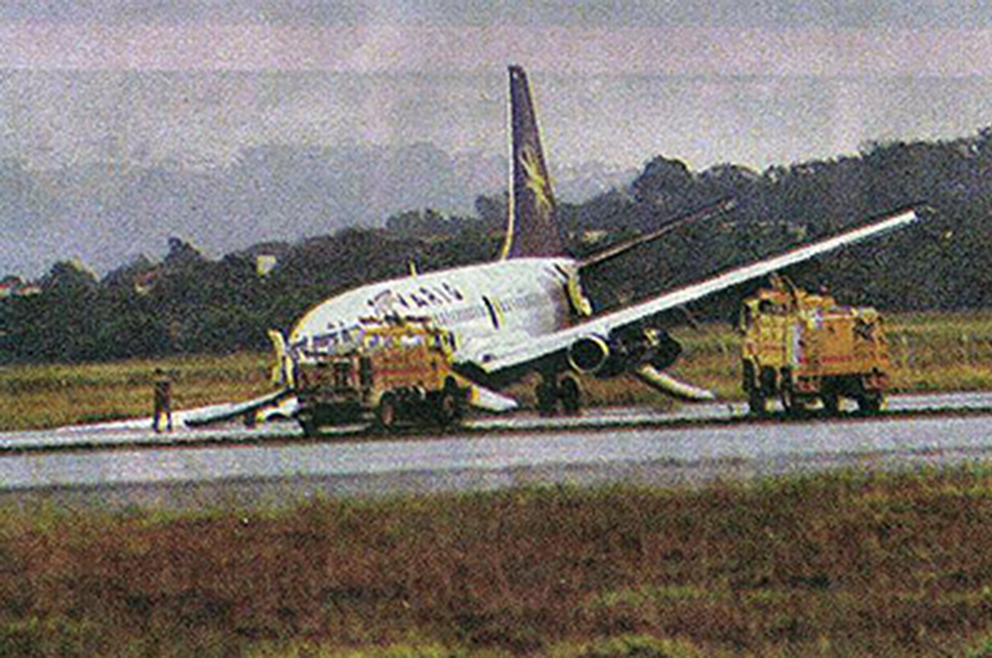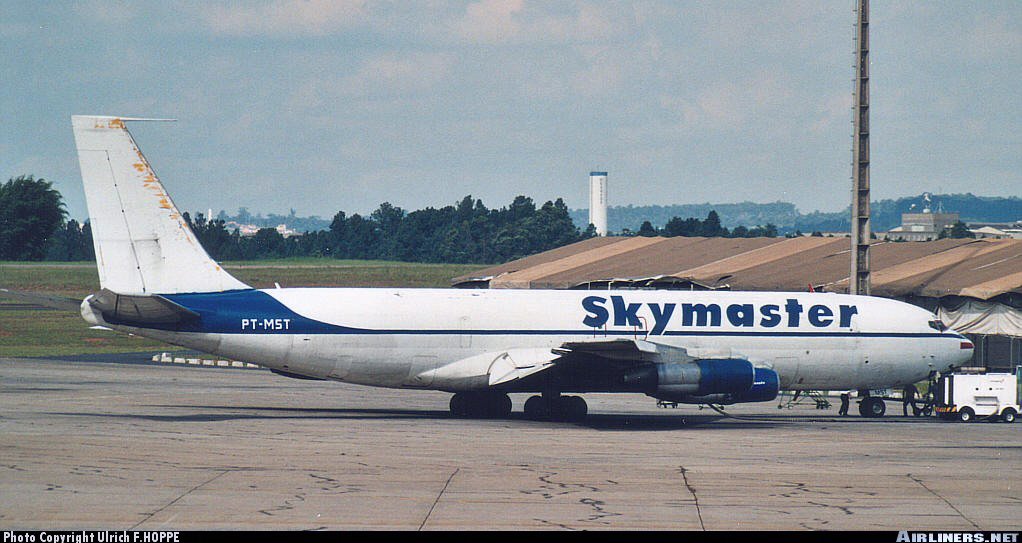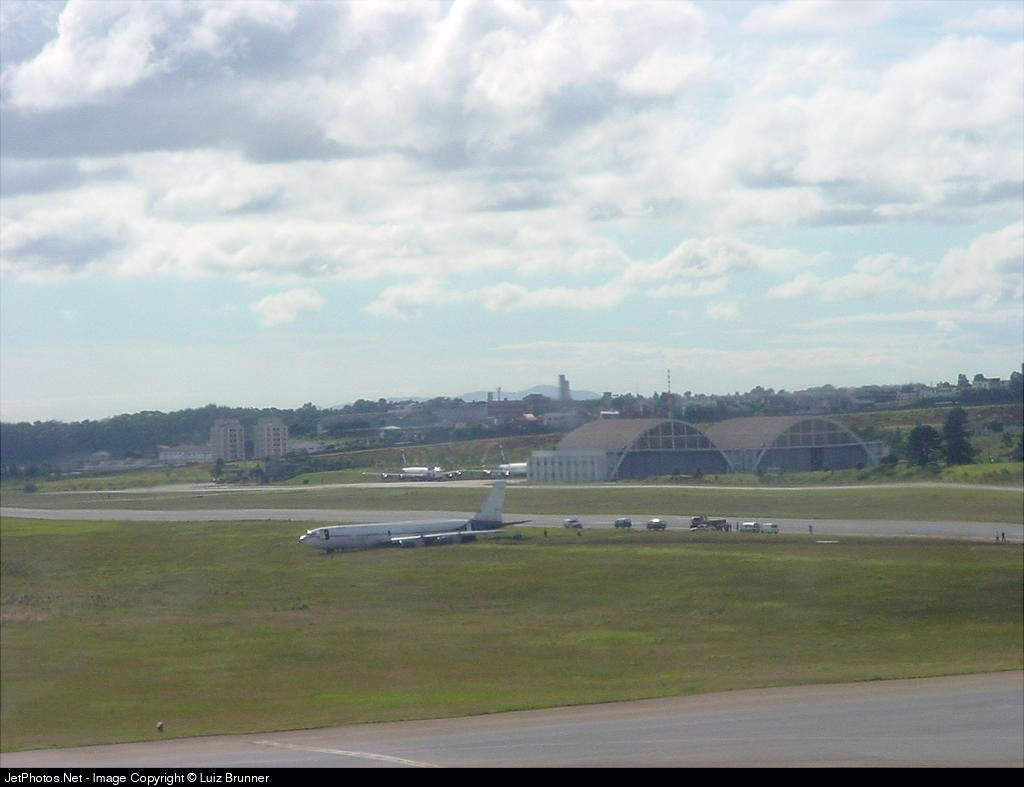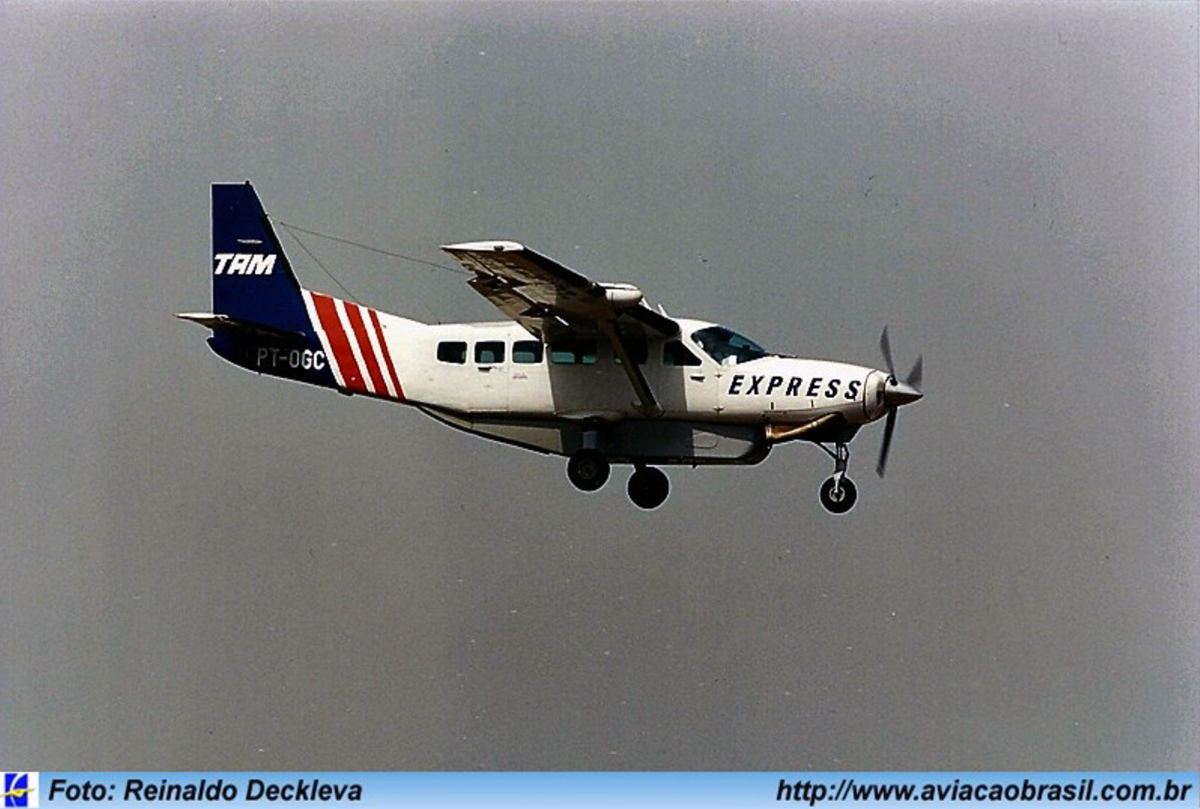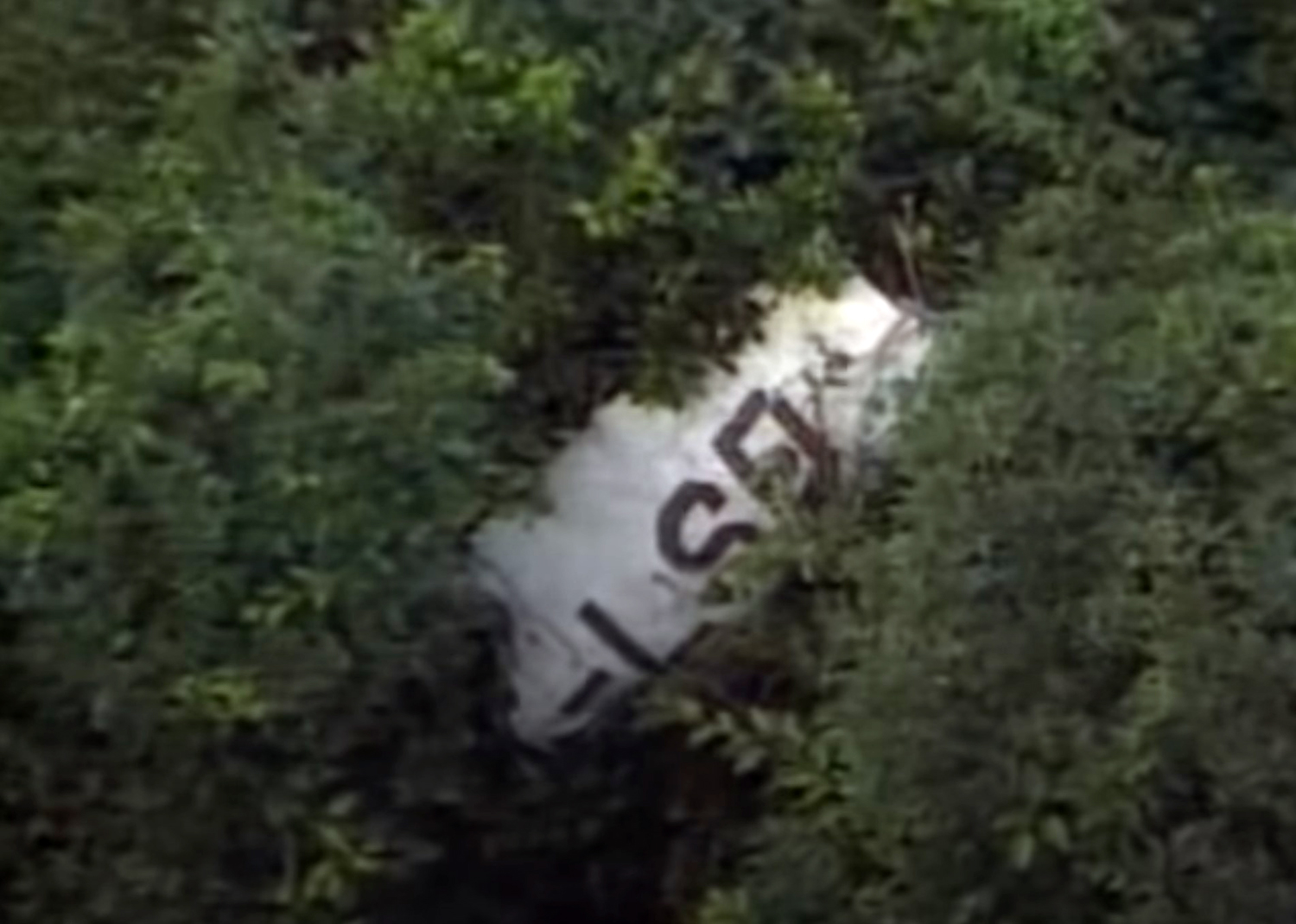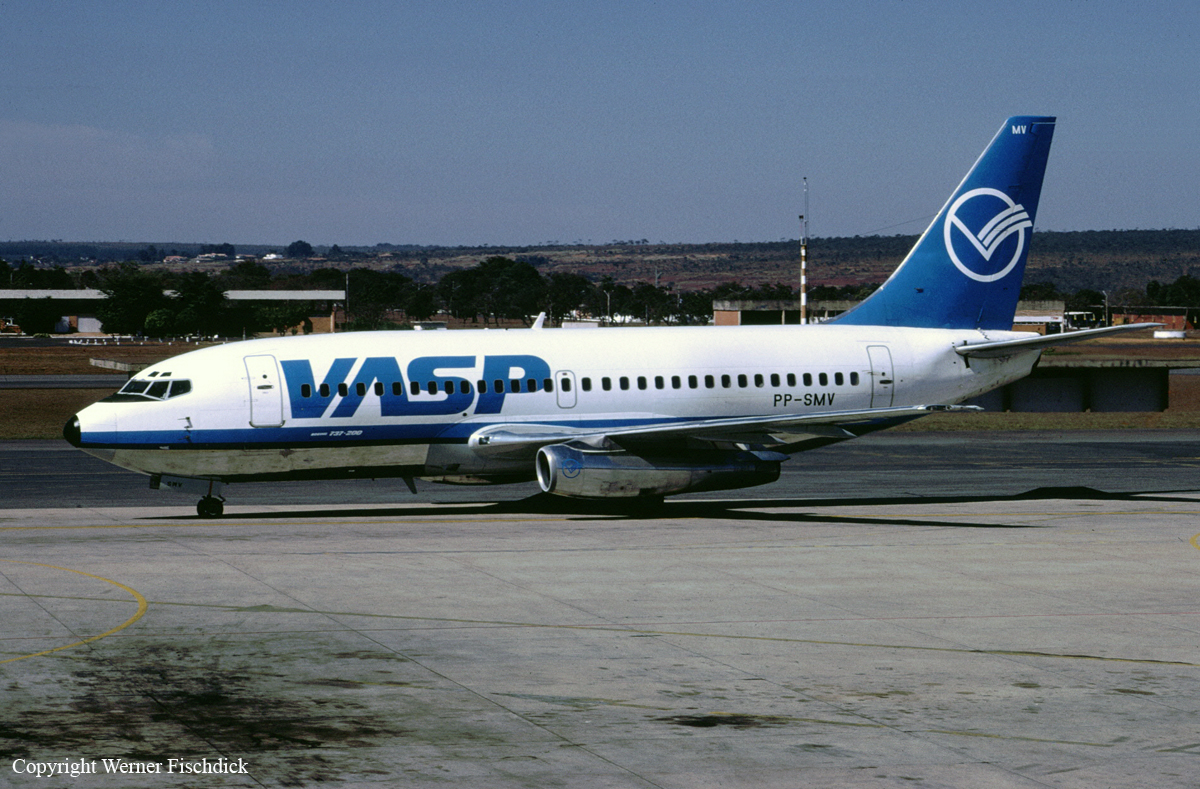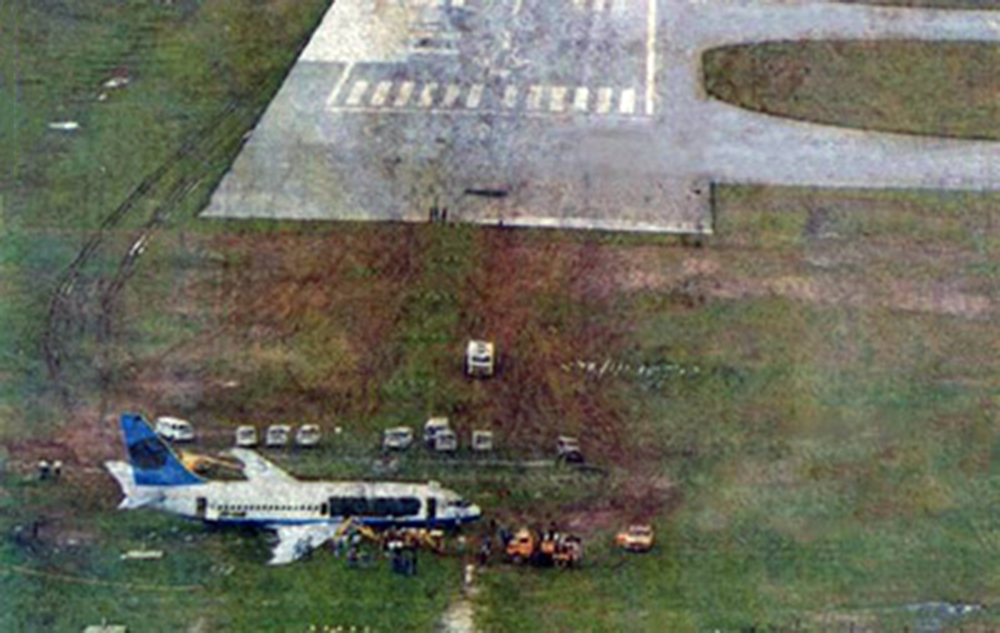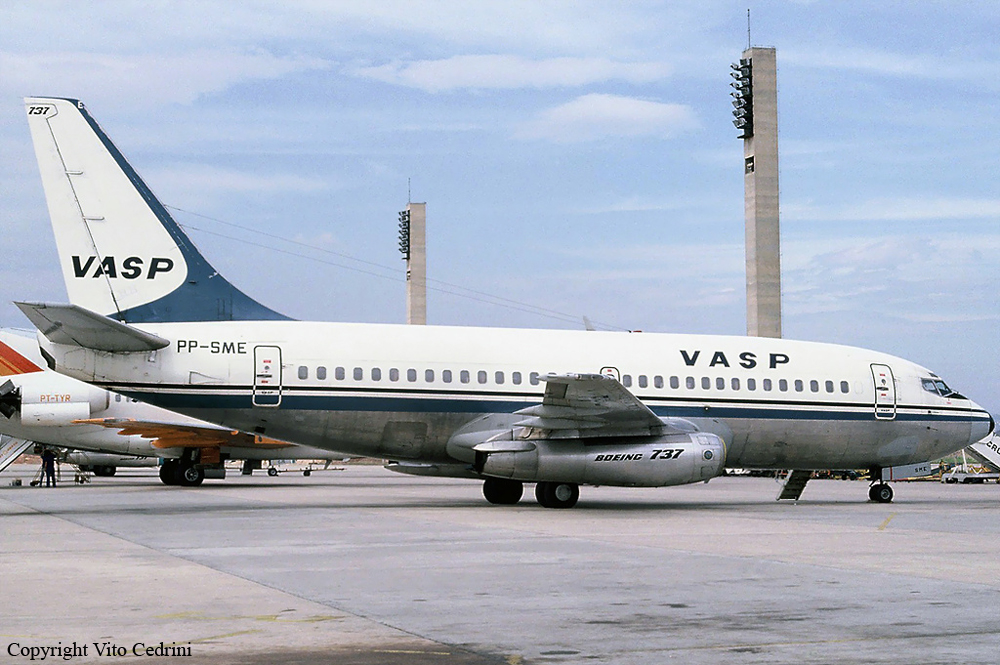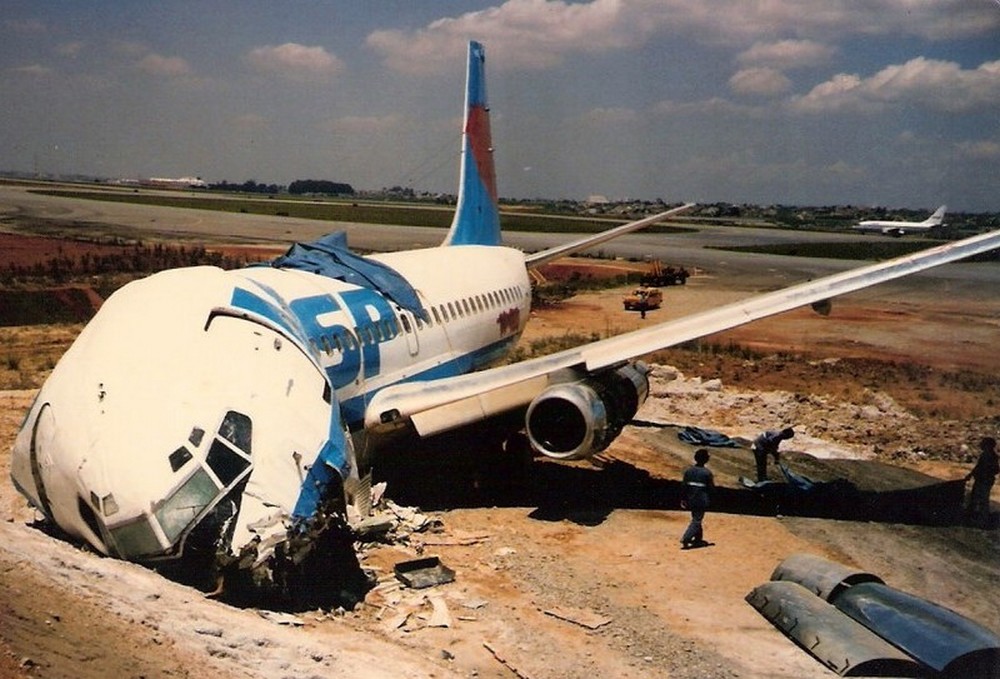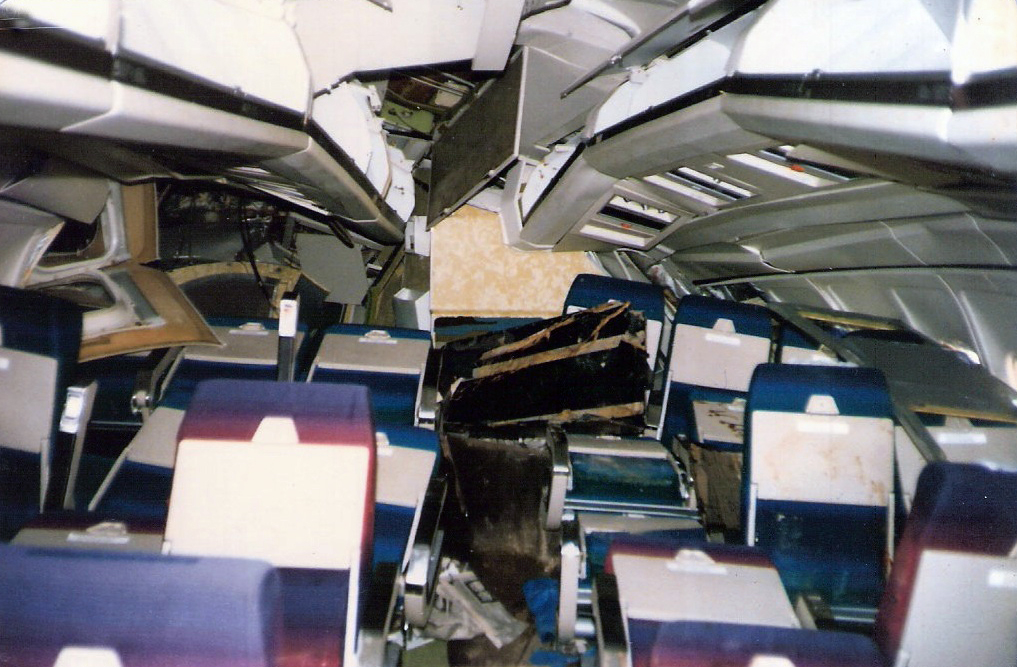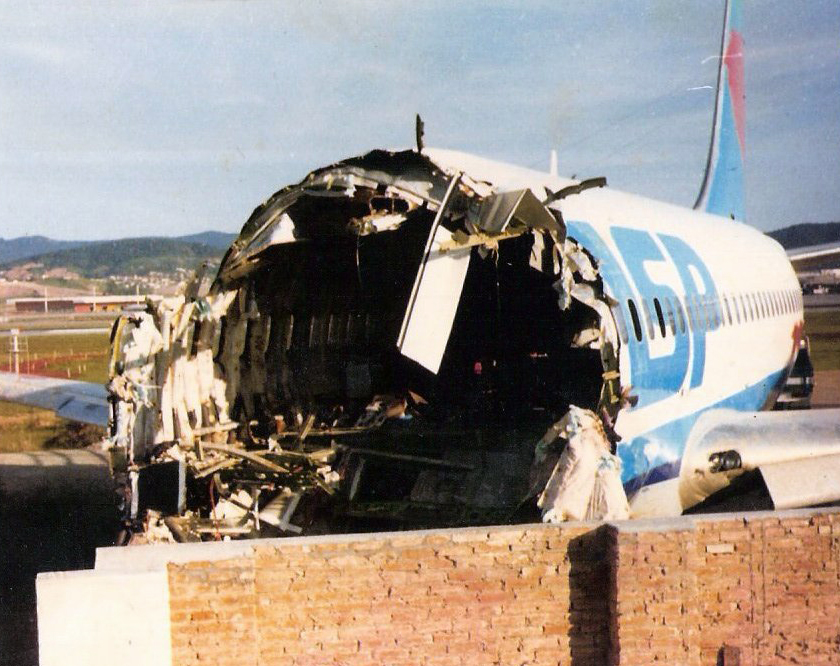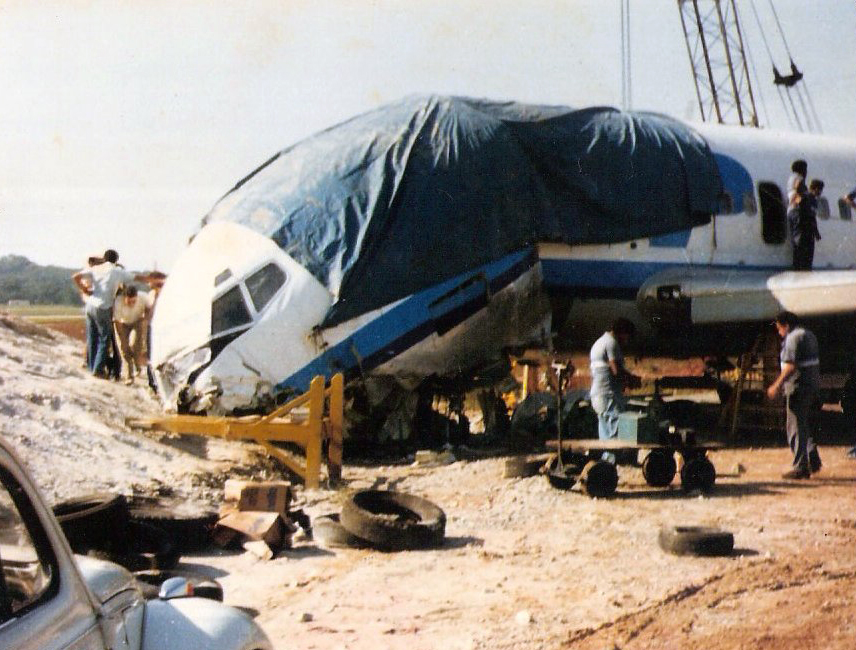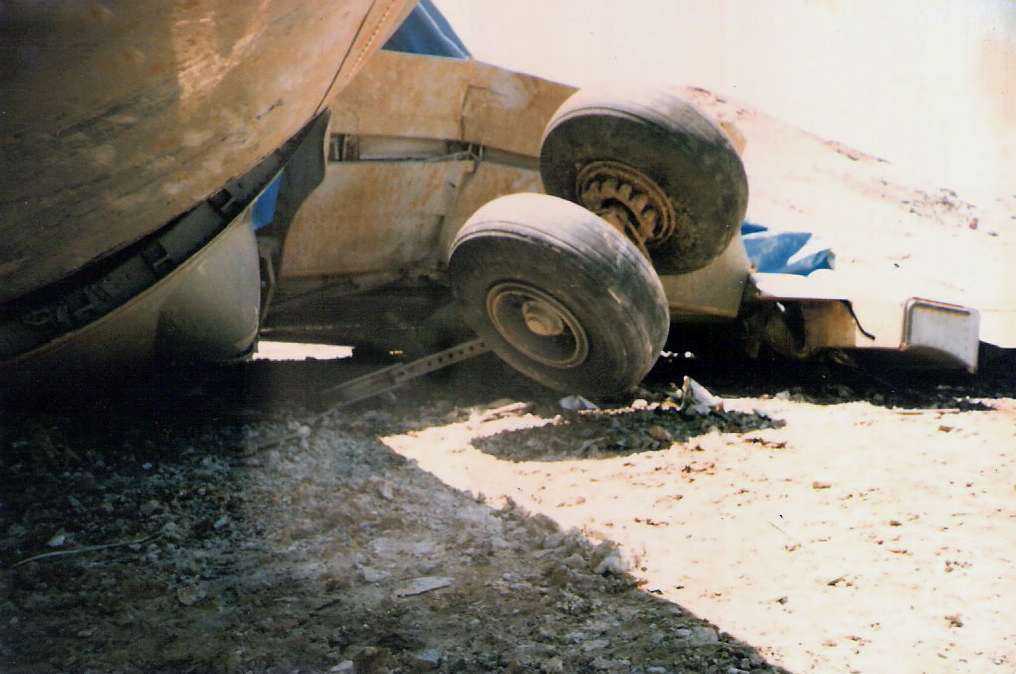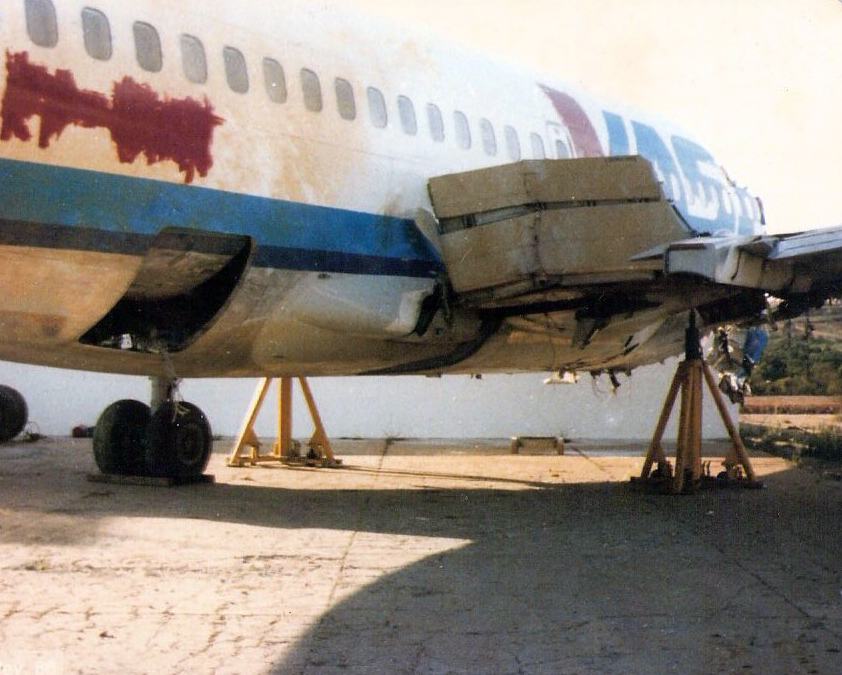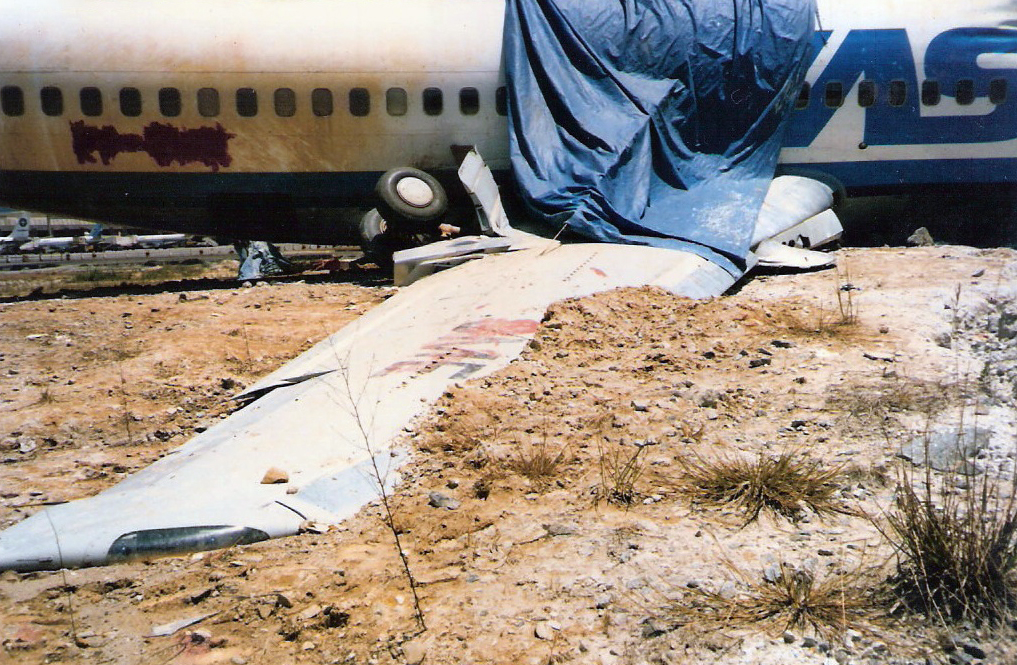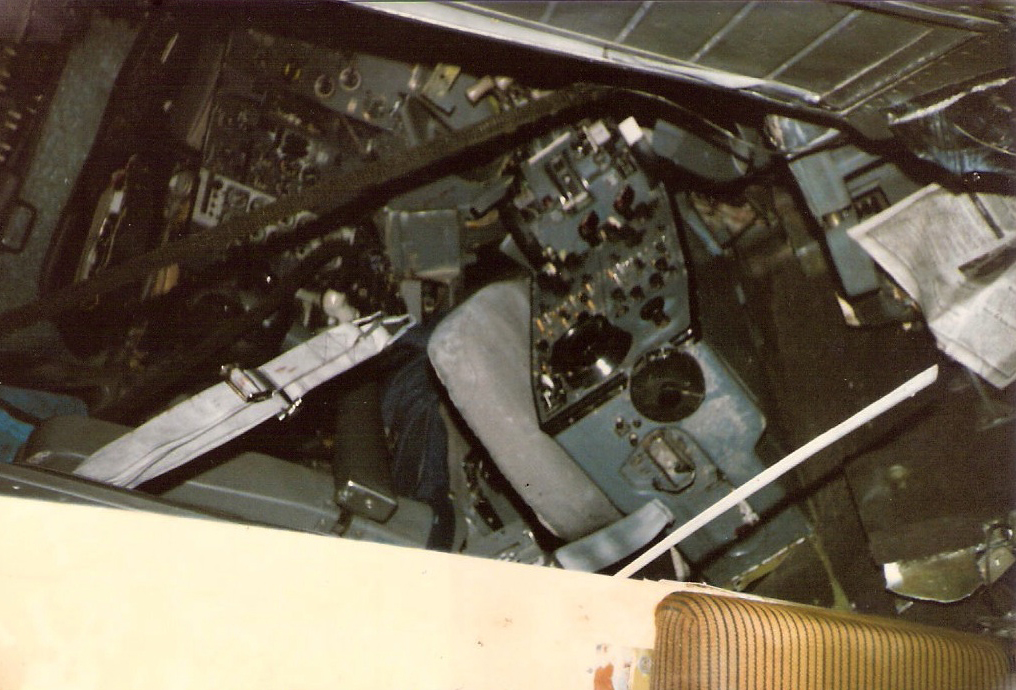Crash of a Fokker 100 in Campinas
Date & Time:
Aug 30, 2002 at 1205 LT
Registration:
PT-MRL
Survivors:
Yes
Schedule:
Salvador – São Paulo
MSN:
11441
YOM:
1993
Flight number:
JJ3499
Crew on board:
5
Crew fatalities:
Pax on board:
33
Pax fatalities:
Other fatalities:
Total fatalities:
0
Captain / Total hours on type:
3600.00
Copilot / Total hours on type:
145
Circumstances:
The aircraft departed Salvador-Deputado Luís Eduardo Magalhães Airport at 0846LT on a schedule service JJ3499 to São Paulo-Guarulhos Airport, carrying 33 passengers and five crew members. En route, while cruising at an altitude of 35,000 feet, the crew encountered technical problems with the primary hydraulic system. He contacted ATC and was cleared to divert to Campinas-Viracopos Airport for an emergency landing. On approach, the crew was unable to lower the undercarriage that remained blocked in their wheel well. The crew elected to lower the gear manually and several troubleshootings were unsuccessful. The decision was taken to complete a belly landing on runway 33. After touchdown, the aircraft slid for few dozen metres and eventually came to rest. All 38 occupants evacuated safely and the aircraft was damaged beyond repair. It was later transferred to the TAM Museum.
Probable cause:
A loss of hydraulic fluids occurred on a hose separating a fitting from a pump on the right engine, causing the malfunction of the primary hydraulic system and resulting in the degradation of the mechanical system of the landing gear control command.
Final Report:
